Kettal and Tectum’s indoor hydroponic garden combats cabin fever with office-grown veg
Kettal and Tectum Garden’s hydroponic indoor garden offers new opportunities for home-grown veg and adds a sprinkle of greenery to office spaces
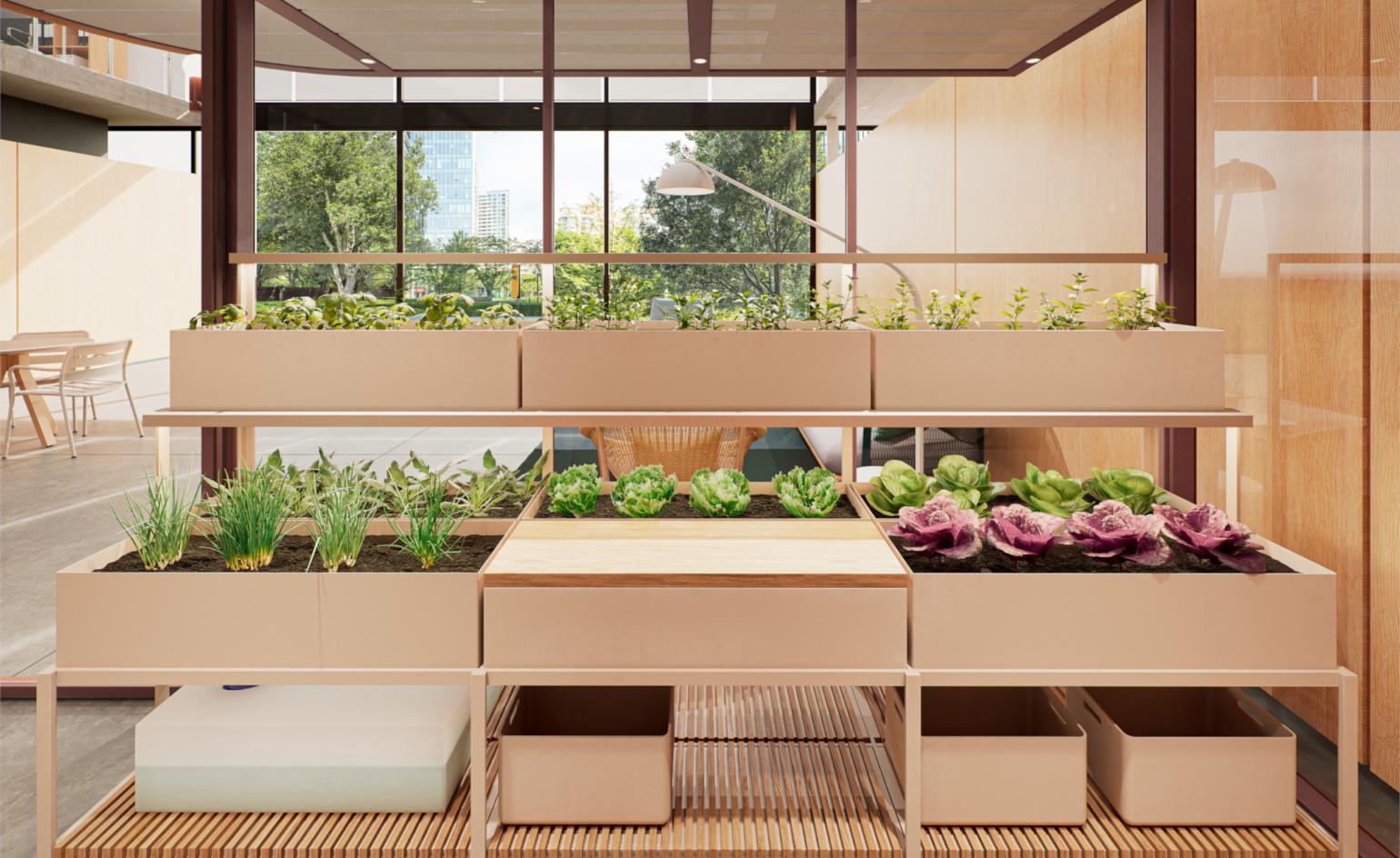
In the climate crisis landscape, we seem to be experiencing a shift; sustainability is now a widely accepted necessity, we’ve stopped talking about single-use plastic and are realising ideas aimed at reducing (and undoing) our impact on the planet. We’re seeing aquaponic farming in cities, bridges made from manipulated vines, stone quarries turned into cultural spaces and houses designed to be overtaken by nature; these can all seem like grand gestures of sustainable innovation – gorgeous and important – but perhaps removed from what we can all hope to attain in our everyday lives.
Happily, Tectum Garden – recognising the cabin fever engendered in many of us by office life, the common craving for green oases, and the desire to reconnect to nature’s cycles – is facilitating a route back to the earth that we can all engage with. The Catalan company was founded in 2020 and, as the brainchild of the Sostenipra research group at the Autonomous University of Barcelona, creates products grounded in ecology. The group of urban agriculture specialists is looking to make farming more accessible and wants to bring about green cities as a firm reality, in which hydroponic gardens play a substantial role.
A hydroponic garden for the office
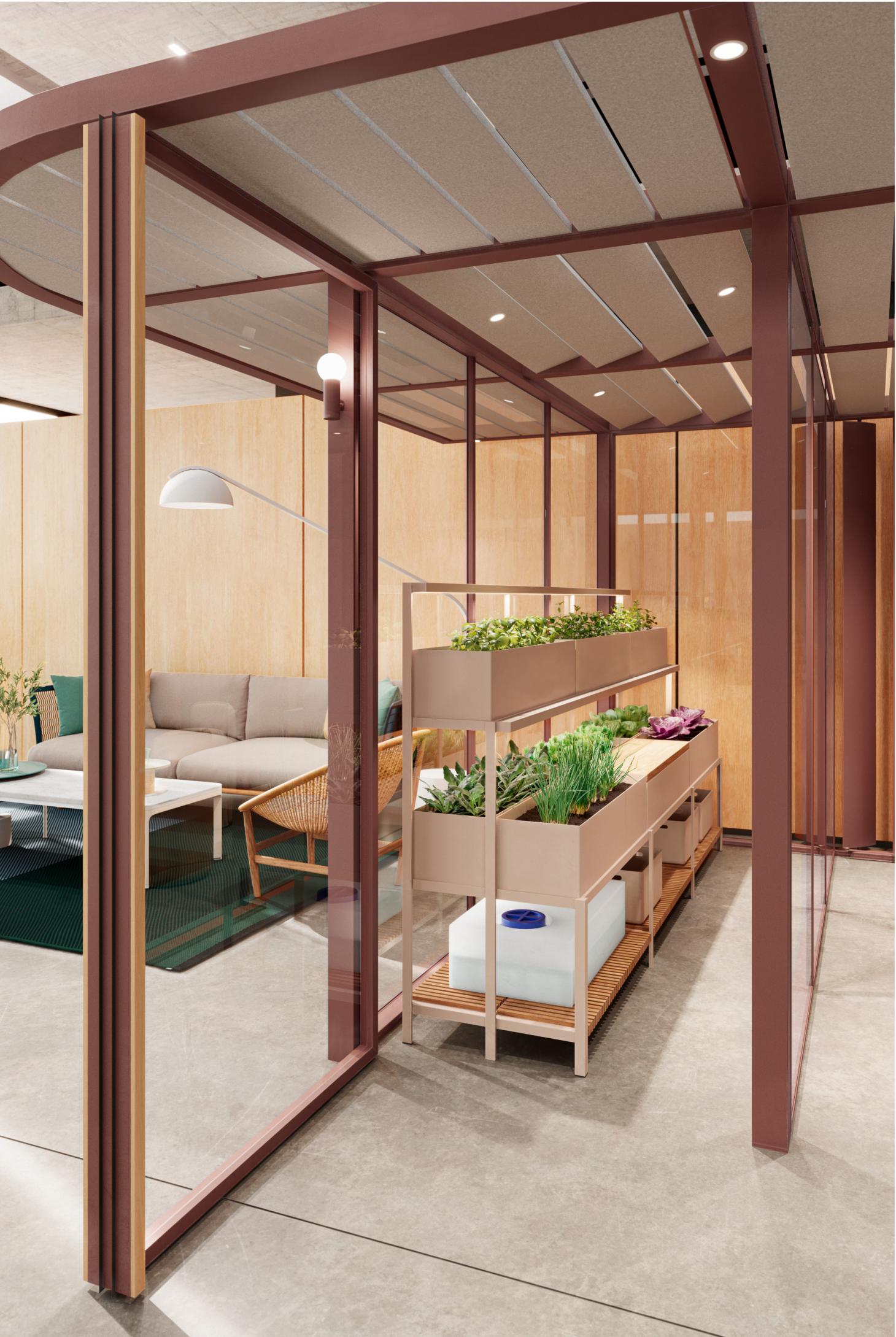
Now Spanish design brand Kettal has teamed up with Tectum Garden to bring hydroponic gardens – and locally grown veg – to the office. Kettal has explored modular office pavilions in recent years, and this new collaboration cleverly unifies minimalist design and real-world change.
The boxy structures that comprise the hydroponic gardens are made from recycled and recyclable materials, are compact, subtle and sit comfortably in interior spaces. A light substrate replaces soil in the indoor vegetable patches, making for easy management, and the plots are drip-fed water for maximum efficiency. Fertilisers are added to the water which, once nutrient-rich, is kept in the hydroponic cycle, reducing waste and allowing the structure to remain largely self-contained. The unit’s lighting can be adapted depending on the crop, giving way to a wider breadth of vegetational options.
The indoor gardens introduce a refreshing touch of greenery to indoor spaces and take an invested step towards altering our immediate environments, encouraging us to contribute to a circular green economy (and tempting us with freshly grown produce).
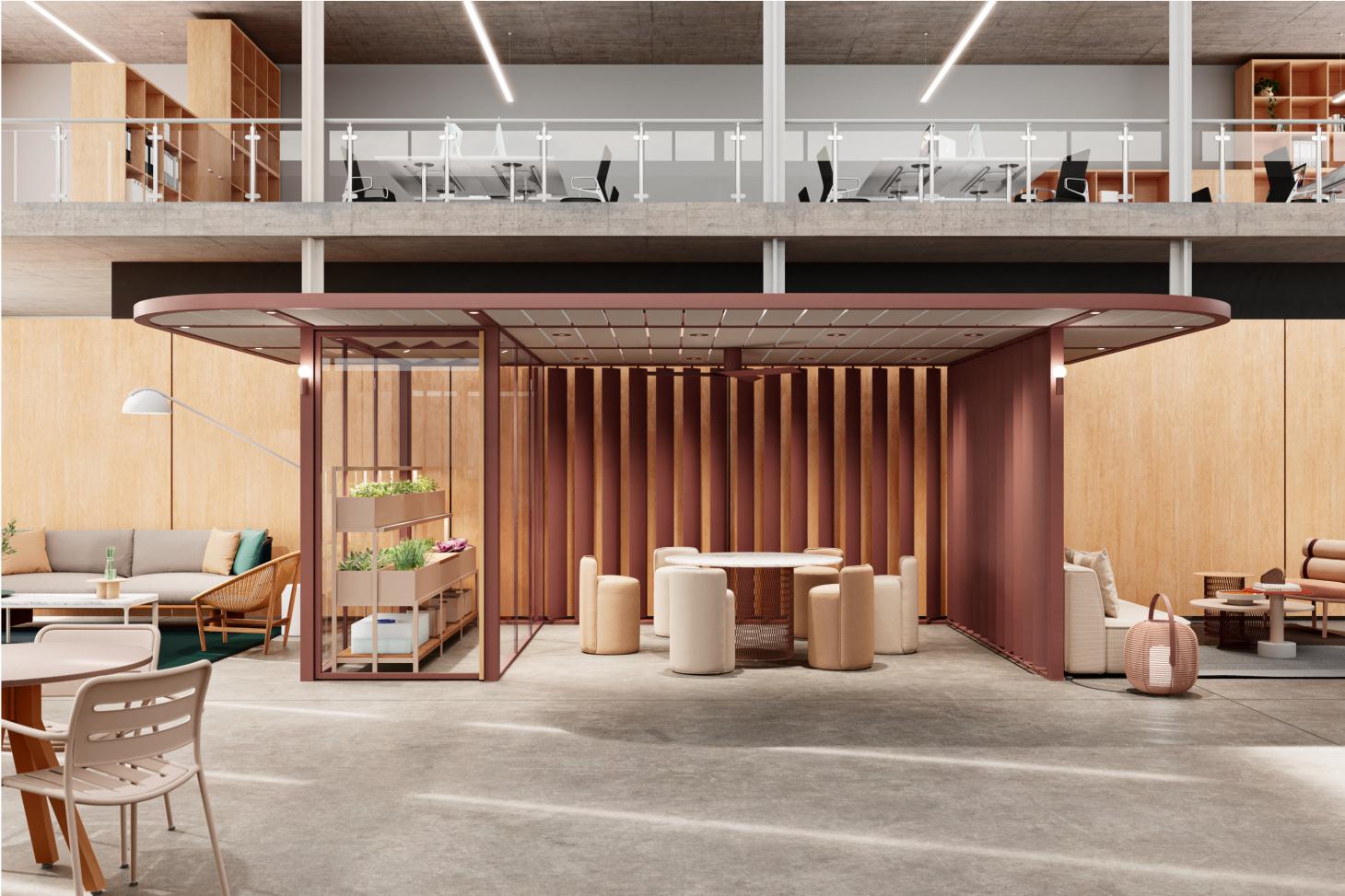
INFORMATION
Wallpaper* Newsletter
Receive our daily digest of inspiration, escapism and design stories from around the world direct to your inbox.
Martha Elliott is the Junior Digital News Editor at Wallpaper*. After graduating from university she worked in arts-based behavioural therapy, then embarked on a career in journalism, joining Wallpaper* at the start of 2022. She reports on art, design and architecture, as well as covering regular news stories across all channels.
-
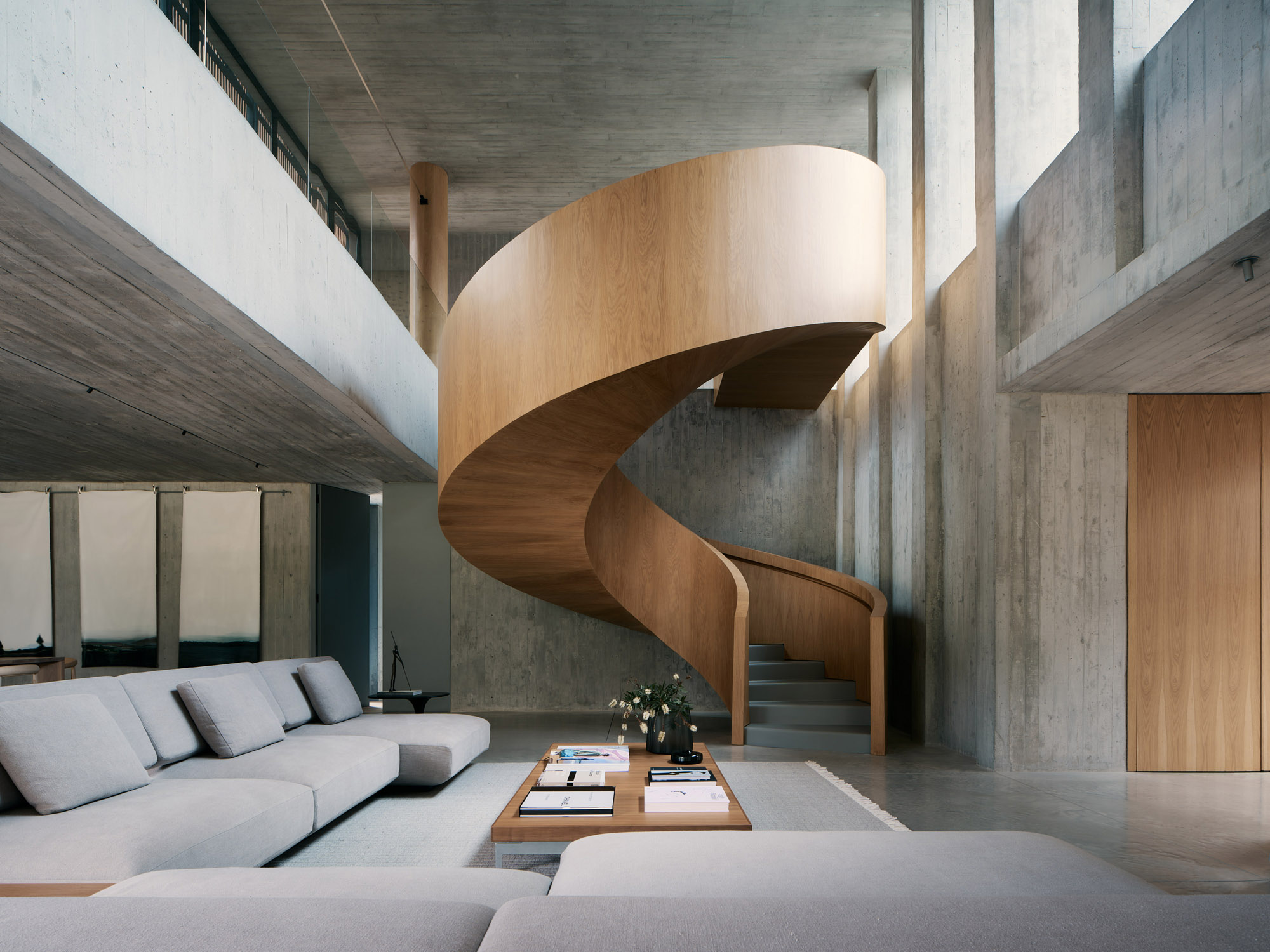 A Medellin House offers art, brutalism and drama
A Medellin House offers art, brutalism and dramaA monumentally brutalist, art-filled Medellin house by Architecture studio 5 Sólidos on the Colombian city’s outskirts plays all the angles
By Rainbow Nelson Published
-
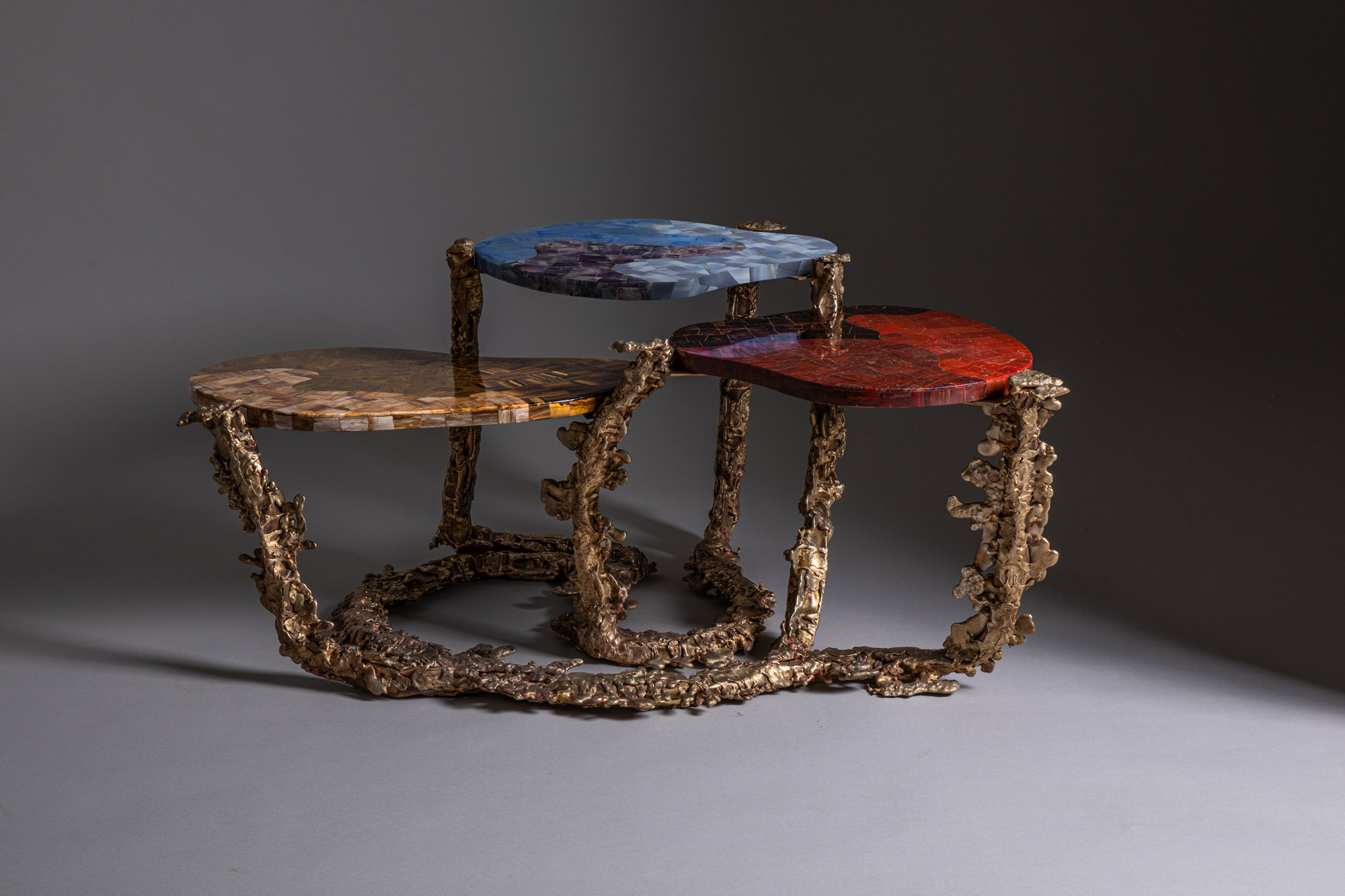 Inside the Shakti Design Residency, taking Indian craftsmanship to Alcova 2025
Inside the Shakti Design Residency, taking Indian craftsmanship to Alcova 2025The new initiative pairs emerging talents with some of India’s most prestigious ateliers, resulting in intricately crafted designs, as seen at Alcova 2025 in Milan
By Henrietta Thompson Published
-
 Tudor hones in on the details in 2025’s new watch releases
Tudor hones in on the details in 2025’s new watch releasesTudor rethinks classic watches with carefully considered detailing – shop this year’s new faces
By Thor Svaboe Published
-
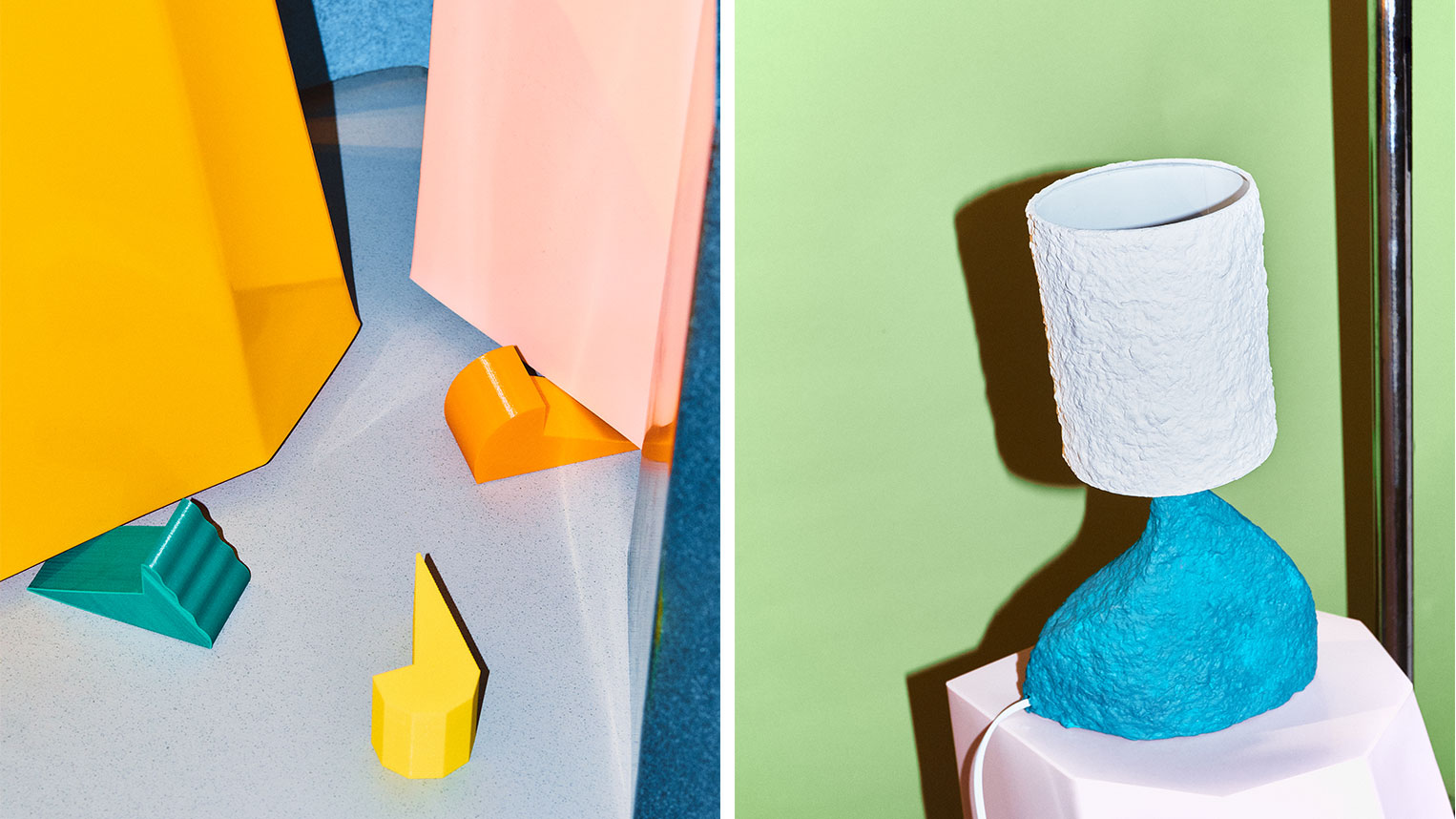 Hyperlocal design: these Atelier100 products are made within 100km of London
Hyperlocal design: these Atelier100 products are made within 100km of LondonAtelier100 launches its retail space and debut locally focused design collection in London’s Hammersmith
By Martha Elliott Published
-
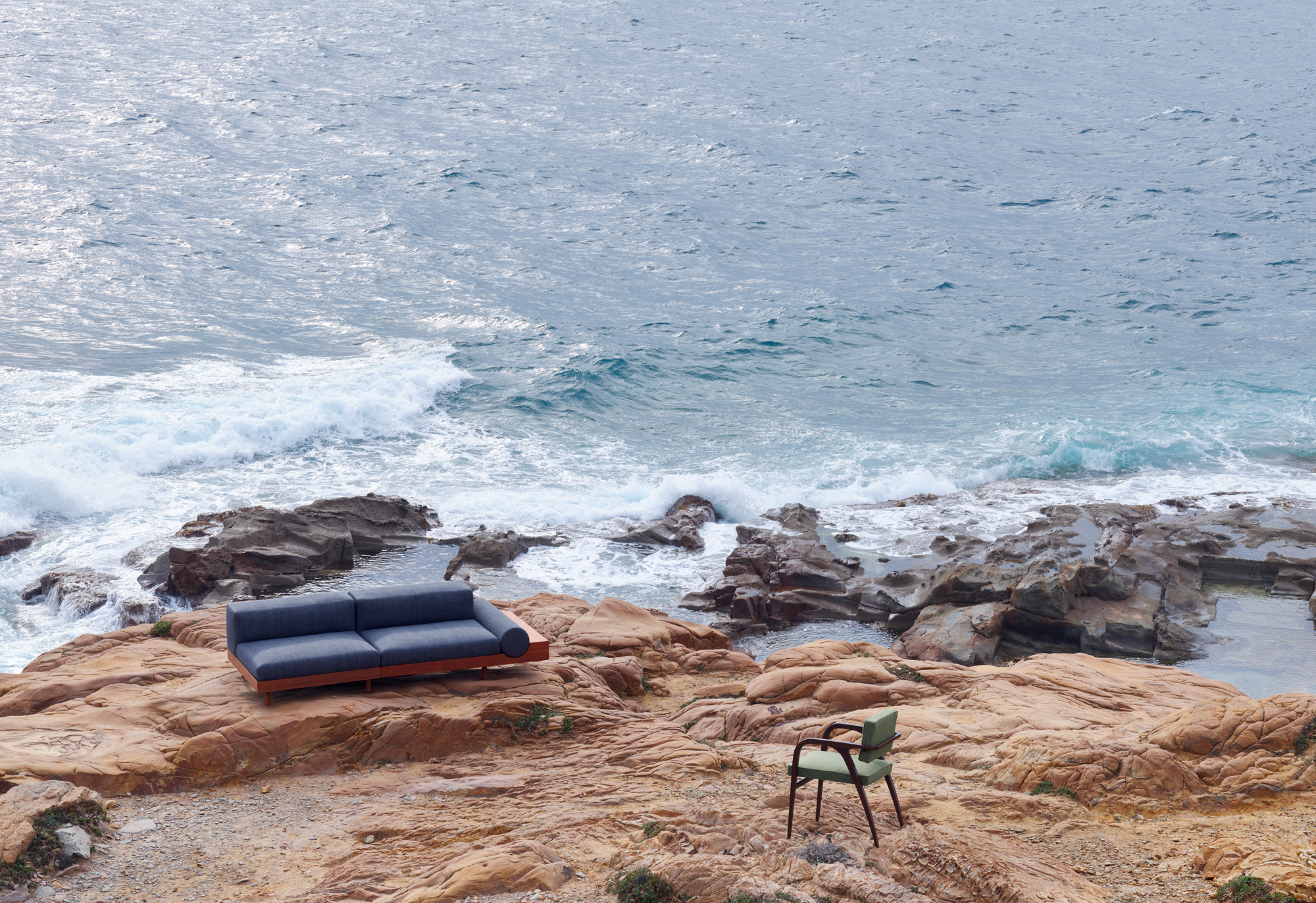 Massimo Vitali interprets the latest outdoor furniture for Wallpaper*
Massimo Vitali interprets the latest outdoor furniture for Wallpaper*Join us for a trip to Italy's Le Vaschette (or at least watch the behind-the-scenes video of our shoot), where photographer Massimo Vitali took the latest outdoor furniture for a spin
By Rosa Bertoli Last updated
-
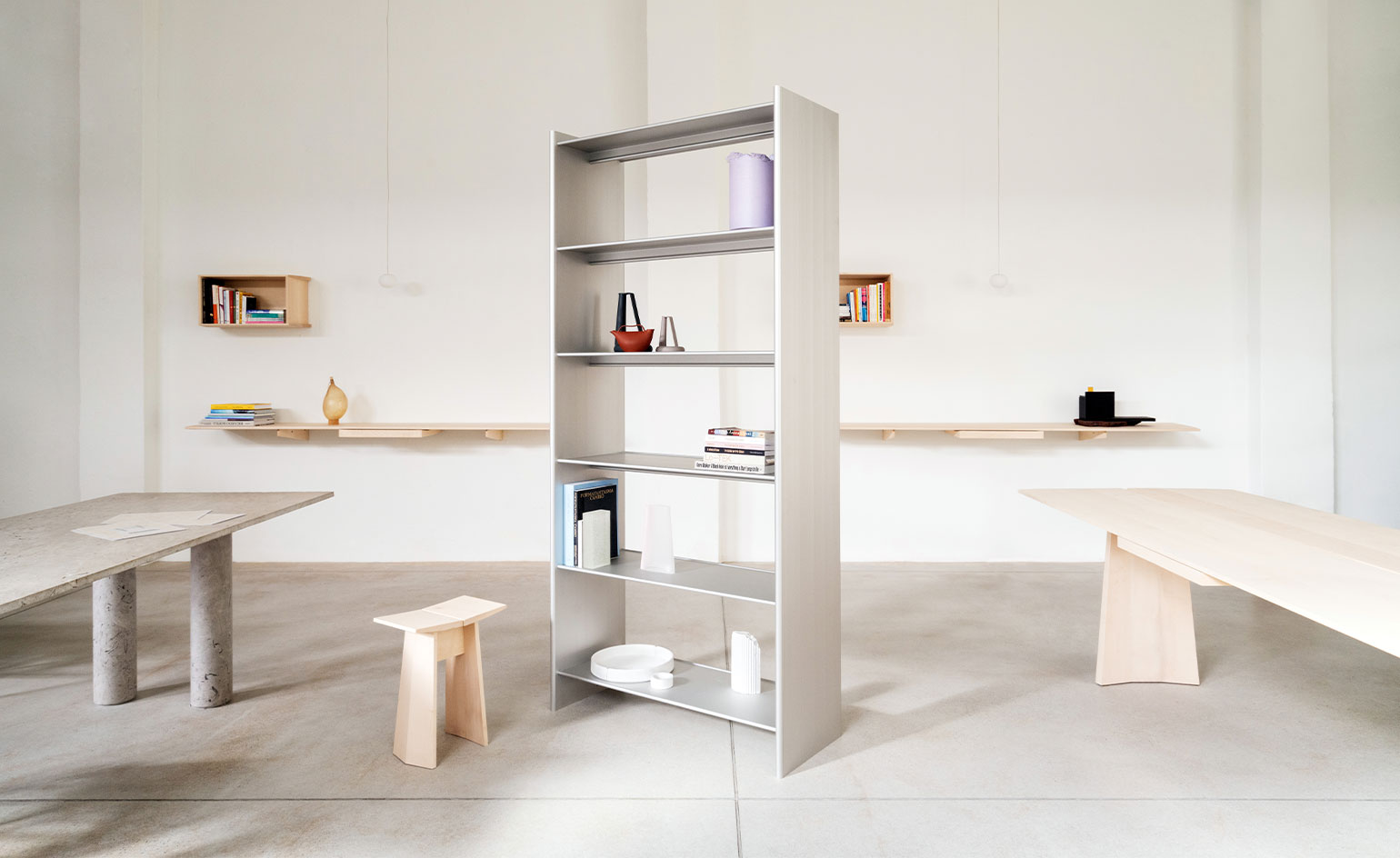 Formafantasma’s minimalist, responsible shelving system for Hem
Formafantasma’s minimalist, responsible shelving system for HemFormafantasma and Hem unveil the ‘T Shelf’, a design in extruded aluminium created in collaboration with specialist Hydro
By Anne Soward Last updated
-
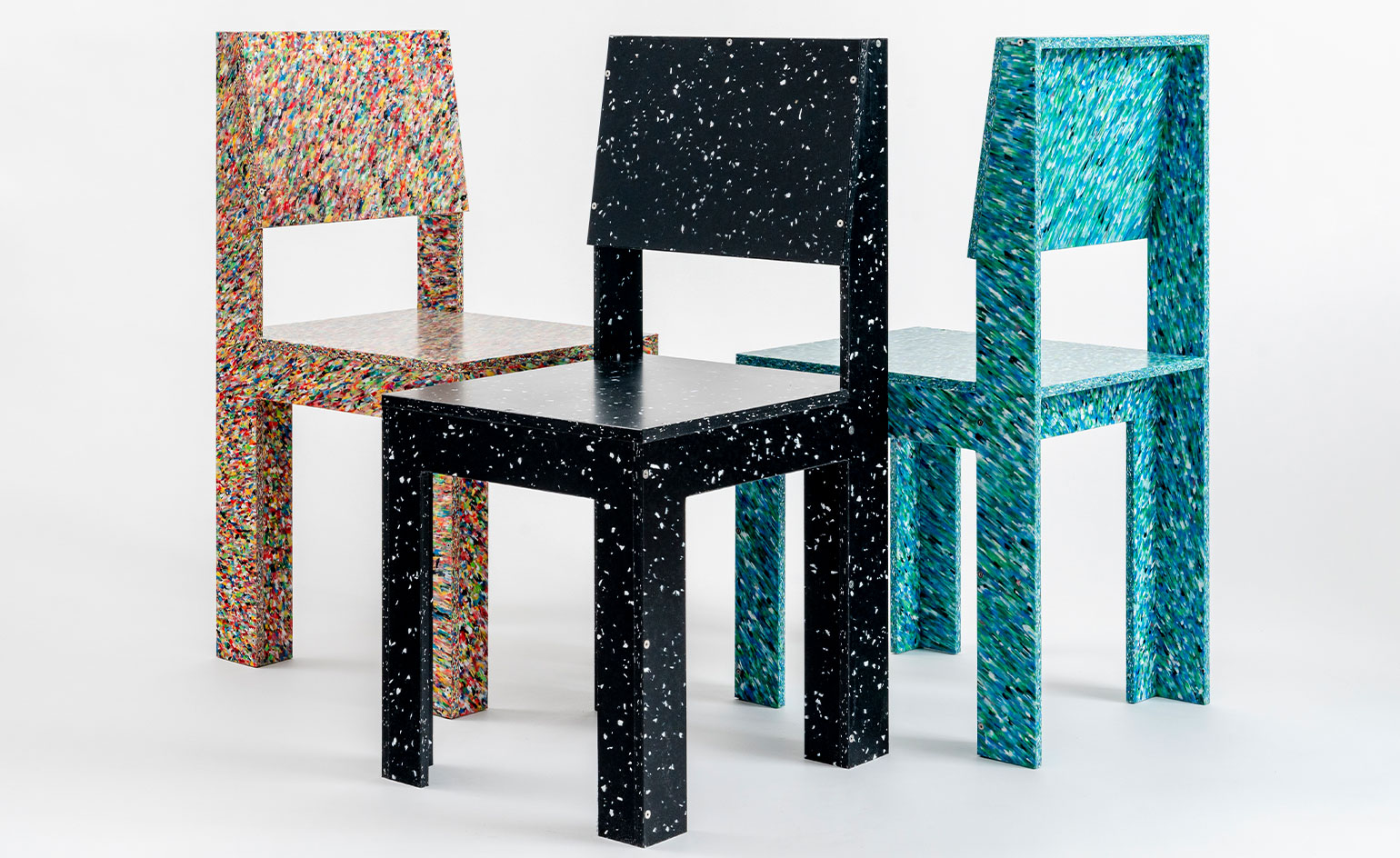 Post consumer waste design: Jane Atfield’s groundbreaking recycled chair turns 30
Post consumer waste design: Jane Atfield’s groundbreaking recycled chair turns 30New York gallerist Emma Scully revisits the groundbreaking design of Jane Atfield's RCP2 recycled plastic chair, on the 30th anniversary of its creation
By Pei-Ru Keh Last updated
-
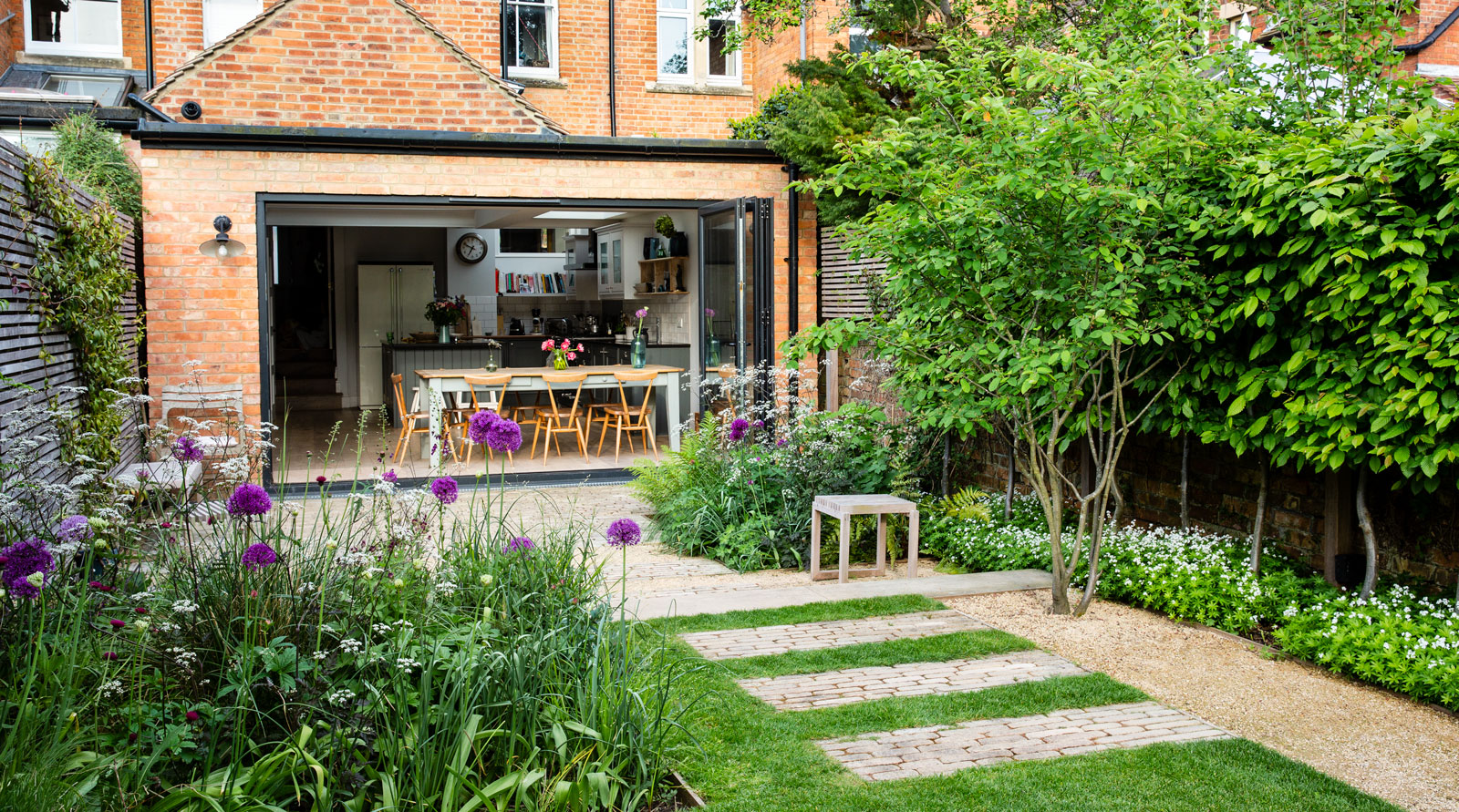 Family-friendly urban gardens: how to make the most of a small space
Family-friendly urban gardens: how to make the most of a small spaceUrban gardens, often on the small side, can still keep all members of the family happy
By Hannah Silver Last updated
-
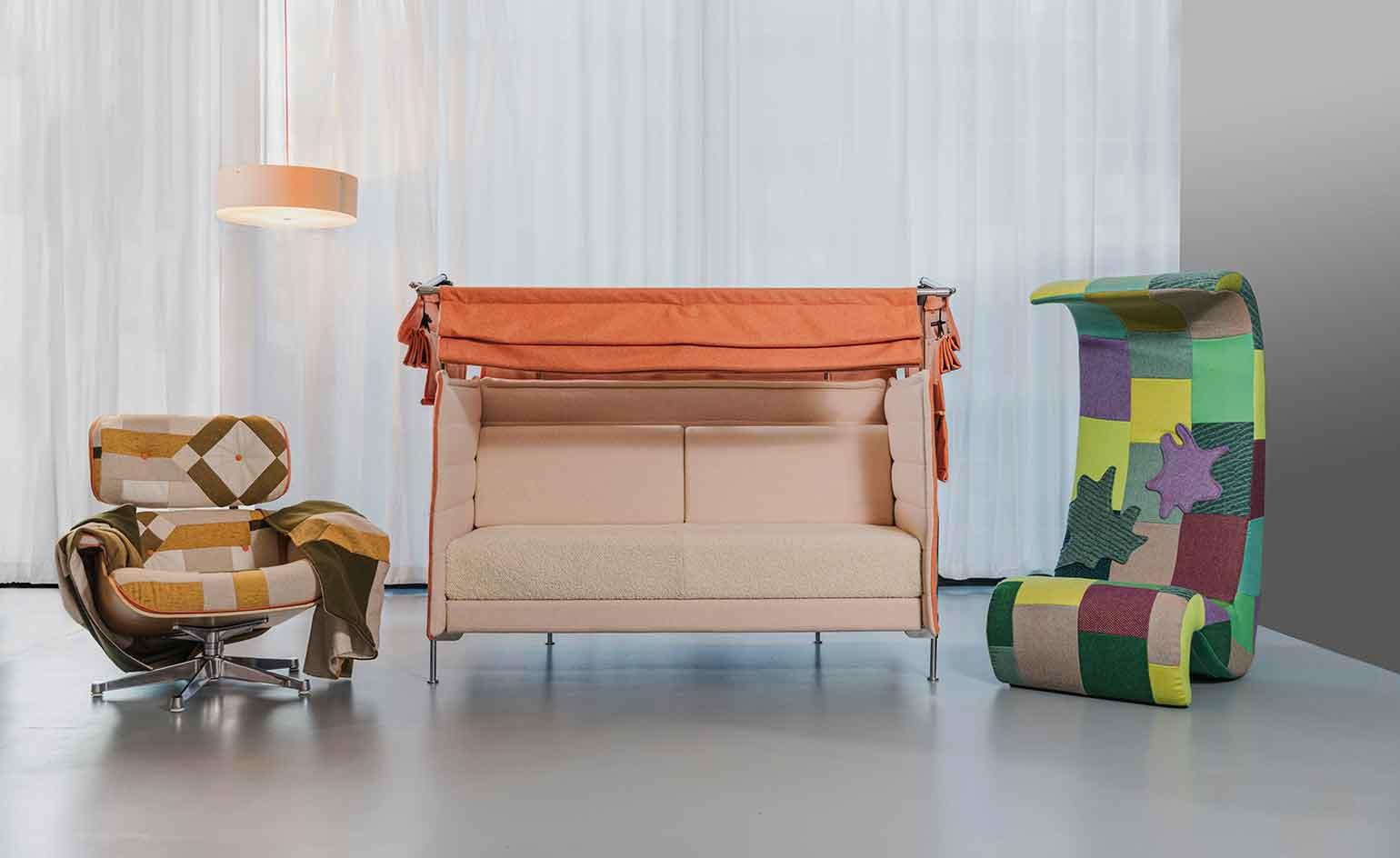 Glasgow School of Art students give new life to CitizenM lobby furniture
Glasgow School of Art students give new life to CitizenM lobby furnitureCoinciding with COP26, CitizenM partners with The Glasgow School of Art to showcase iconic Vitra furniture pieces repurposed by interior design students in collaboration with Bute Fabrics
By Rosa Bertoli Last updated
-
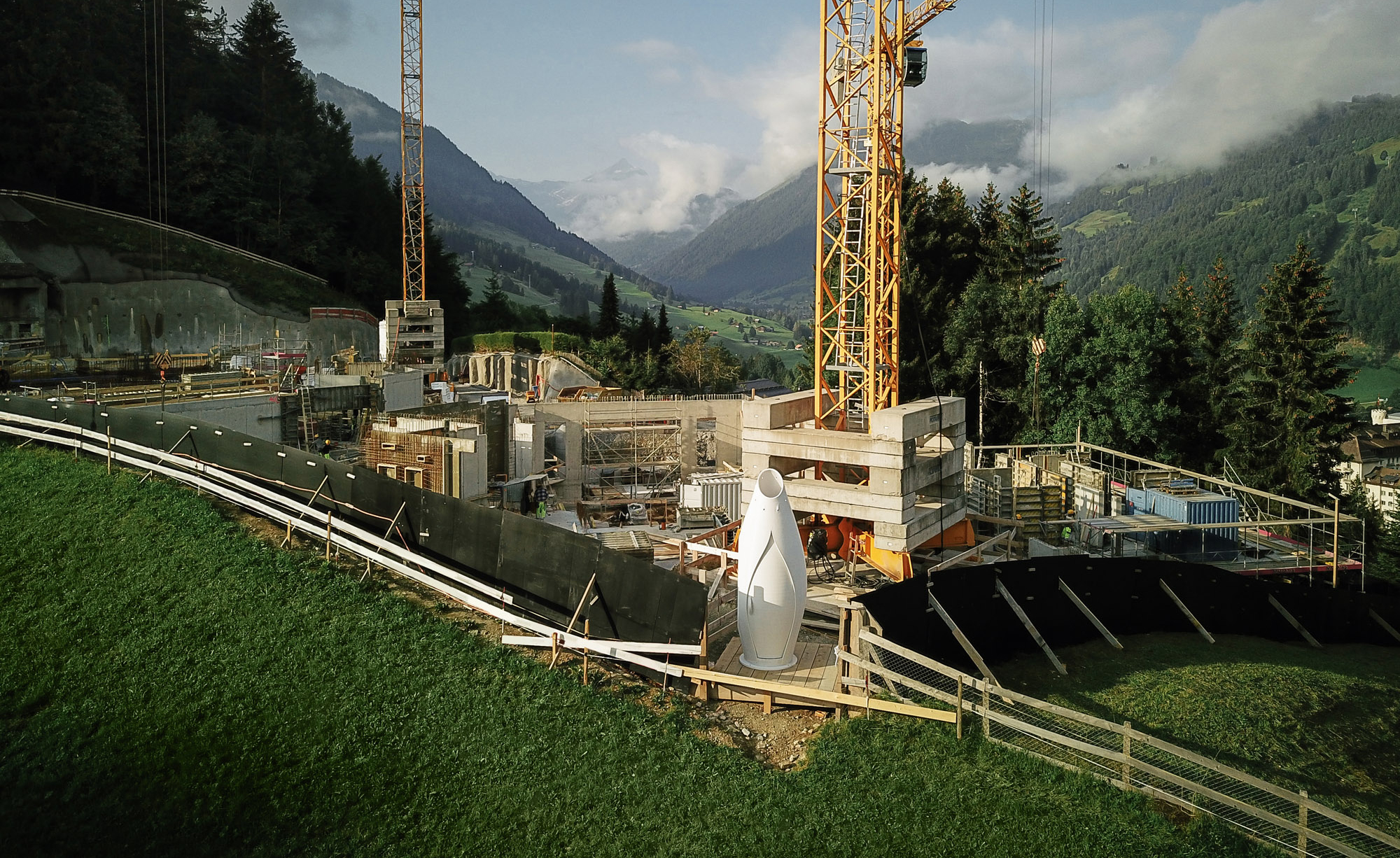 3D-printed portable toilet ‘The Throne’ offers a snazzier place to answer nature’s call
3D-printed portable toilet ‘The Throne’ offers a snazzier place to answer nature’s call3D-printed from upcycled single-use medical plastic, ‘The Throne’ by To.org and Nagami reinvents the portable toilet and brings an ‘unsexy conversation’ about sanitation to the forefront
By TF Chan Last updated
-
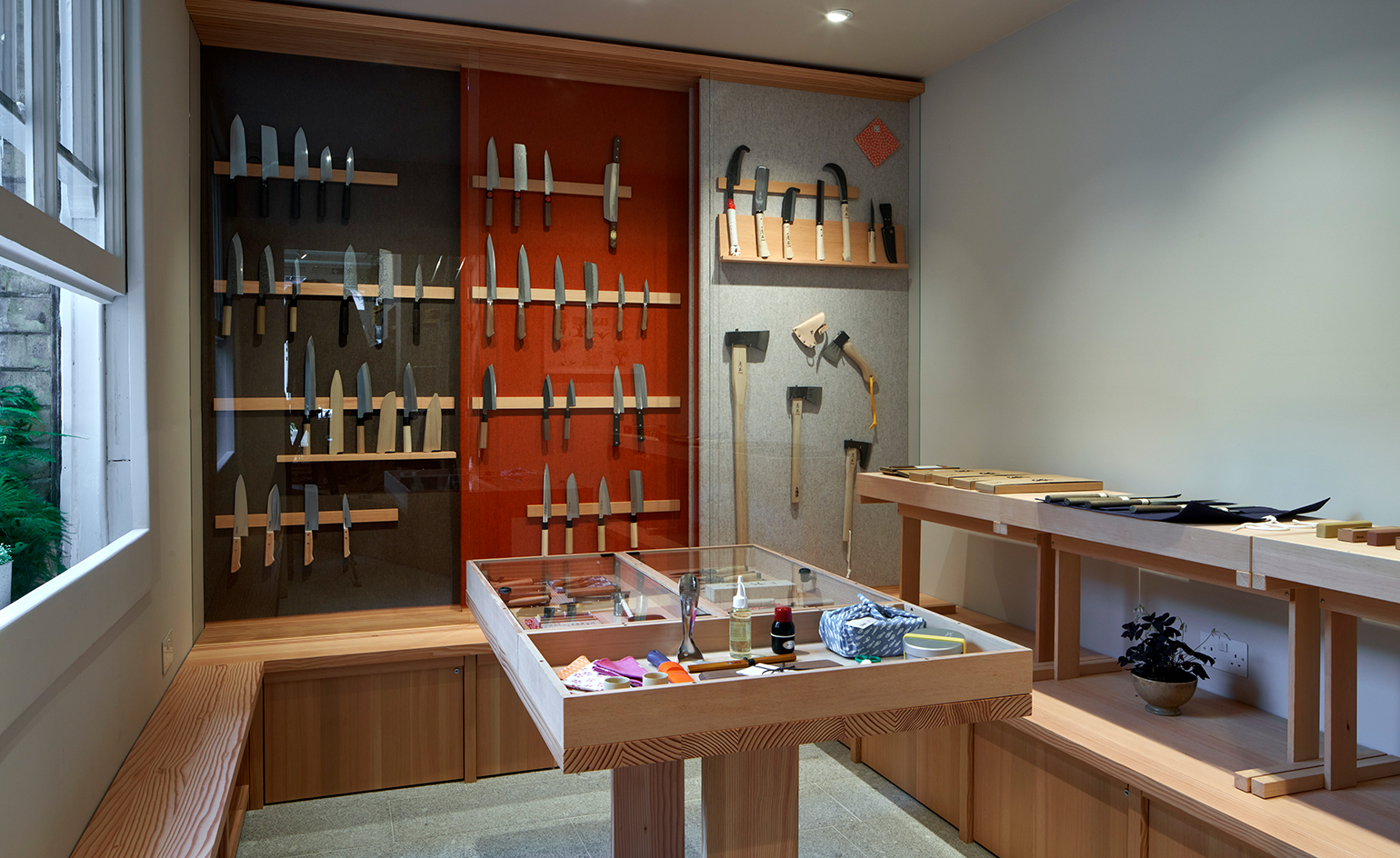 Niwaki is a new outlet for Japan’s most innovative tools
Niwaki is a new outlet for Japan’s most innovative toolsNew London store Niwaki sells exquisitely crafted Japanese gardening tools and workwear
By Mary Cleary Last updated